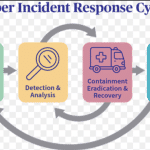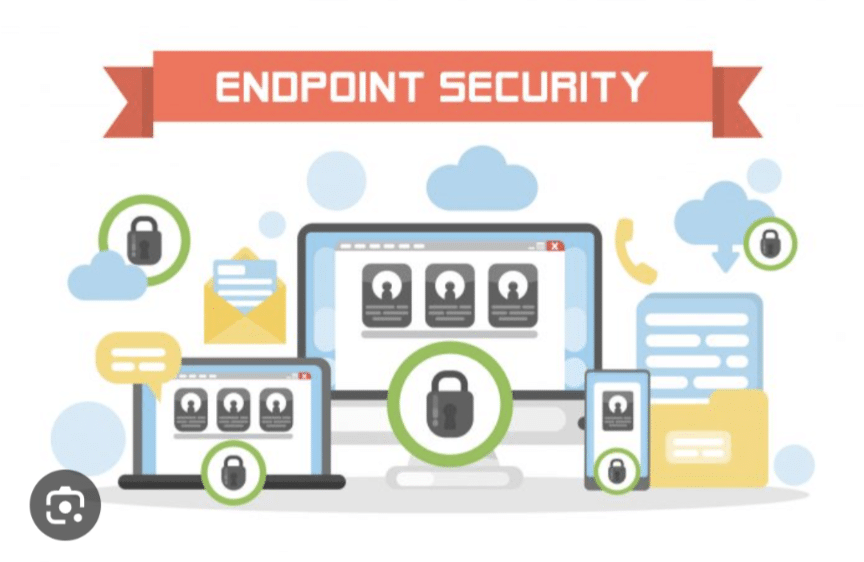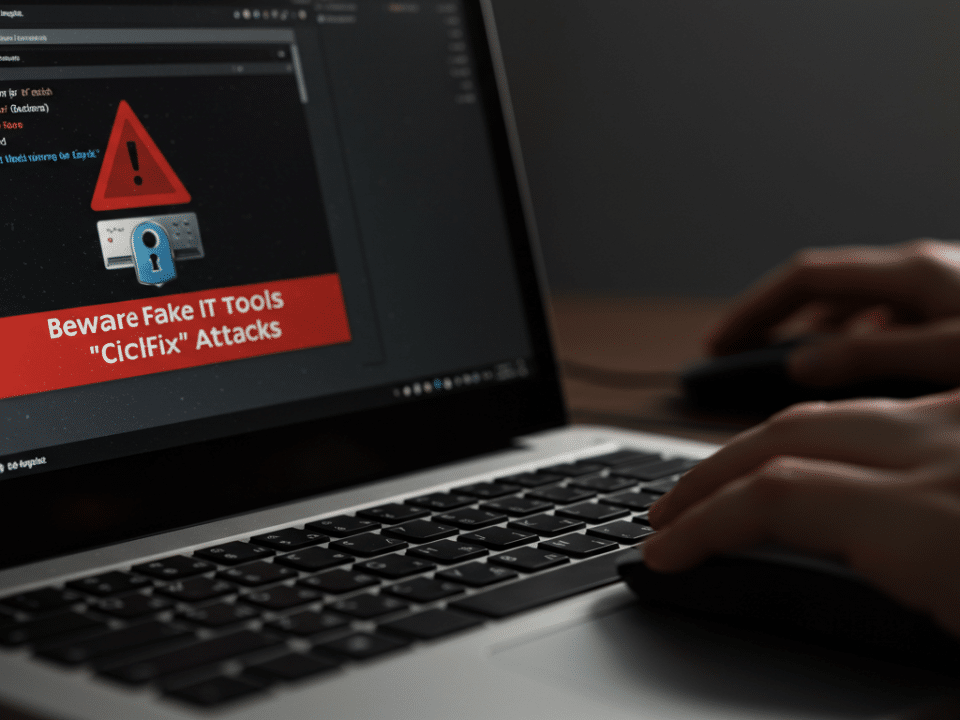
#IoTSecurity: A Comprehensive Guide to Protecting Your Smart Devices
November 1, 2023
Incident Response and Forensics: A Collaborative Approach to Cybersecurity
November 4, 2023Small and medium-sized businesses (SMBs) are often prime targets for cyberattacks. Attackers know that SMBs often have fewer resources to devote to security, and they may be more likely to use outdated software and hardware. This makes SMBs more vulnerable to malware, ransomware, and other cyber threats.
Endpoint security is a critical component of any cybersecurity strategy. Endpoint security solutions protect devices such as desktops, laptops, mobile devices, and servers from malicious activity.
Why is endpoint security important for SMBs?
Endpoint security is important for SMBs because it can help to protect them from a variety of cyber threats, including:
- Malware: Malware is malicious software that can damage or disable devices, steal data, or spy on users.
- Ransomware: Ransomware is a type of malware that encrypts files and demands a ransom payment in exchange for the decryption key.
- Phishing attacks: Phishing attacks are fraudulent emails or websites that attempt to trick users into revealing sensitive information, such as passwords or credit card numbers.
- Zero-day attacks: Zero-day attacks are exploits for vulnerabilities that are not yet known to security vendors.
Common endpoint security threats for SMBs
Here are some of the most common endpoint security threats for SMBs:
- Unpatched software: Software vulnerabilities can be exploited by attackers to gain access to devices and networks. It is important to keep software up to date with the latest security patches.
- Weak passwords: Weak passwords are easy for attackers to guess or crack. Users should use strong, unique passwords for all of their online accounts.
- Insider threats: Insider threats are malicious threats that come from within an organization. Insider threats can be employees, contractors, or even customers.
- Physical attacks: Physical attacks involve tampering with devices or stealing them. SMBs should implement physical security measures to protect their devices.
How to improve endpoint security for SMBs
There are a number of things that SMBs can do to improve their endpoint security, including:
- Implement a layered security approach: A layered security approach uses multiple security solutions to protect devices from different types of attacks. This includes using antivirus software, firewalls, intrusion detection systems, and endpoint detection and response (EDR) solutions.
- Educate employees about cybersecurity: Employees should be educated about cybersecurity threats and best practices. This includes teaching employees how to identify phishing attacks, create strong passwords, and keep their devices secure.
- Monitor endpoint activity: Endpoint activity should be monitored for suspicious activity. This can be done using EDR solutions or by manually reviewing security logs.
- Respond to incidents quickly: If an endpoint is compromised, it is important to respond quickly to contain the damage and prevent the attack from spreading.
Additional tips for endpoint security for SMBs
Here are some additional tips for endpoint security for SMBs:
- Use a cloud-based endpoint security solution: Cloud-based endpoint security solutions can be a good option for SMBs because they are easy to manage and deploy.
- Segment your network: Segmenting your network can help to contain attacks and prevent them from spreading.
- Use strong authentication: Use strong authentication methods such as multi-factor authentication (MFA) to protect your devices and networks.
- Back up your data regularly: Back up your data regularly so that you can recover from a ransomware attack or other data loss event.
Advanced endpoint security for SMBs
In addition to the basic endpoint security measures listed above, SMBs may also want to consider implementing more advanced endpoint security solutions, such as:
- Endpoint detection and response (EDR): EDR solutions use artificial intelligence (AI) and machine learning (ML) to detect and respond to threats in real time. EDR solutions can help to identify and stop attacks that traditional endpoint security solutions may miss.
- User and entity behavior analytics (UEBA): UEBA solutions use AI and ML to analyze user behavior and identify anomalies that may indicate a security threat. UEBA solutions can help to detect insider threats and other sophisticated attacks.
- Threat intelligence: Threat intelligence can help SMBs to stay informed about the latest cyber threats and how to protect against them. Threat intelligence can be obtained from a variety of sources, such as security vendors, government agencies, and industry organizations.
By implementing these advanced endpoint security solutions, SMBs can further improve their security posture and protect themselves from cyberattacks.
Endpoint security is essential for all businesses, regardless of size. SMBs are particularly vulnerable to cyberattacks, so it is important to take steps to protect devices and data. By implementing the tips and recommendations in this blog post, SMBs can improve their endpoint security and reduce the risk of cyberattacks.
#EndpointSecurity #EndpointProtection #EndpointCybersecurity #EndpointThreatDefense #EndpointDetectionAndResponse #EDR #EndpointSecuritySolutions #EndpointSecurityBestPractices #EndpointSecurityCompliance




